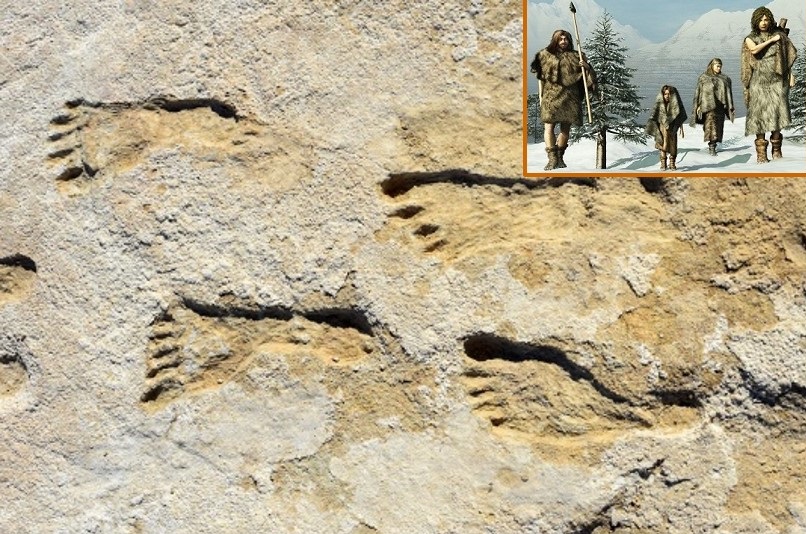Human footprints near ice age lake suggest surprisingly early arrival in the Americas. If dates hold, tracks would put people in New Mexico thousands
Human footprints near ice age lake suggest surprisingly early arrival in the Americas. If dates hold, tracks would put people in New Mexico thousands of years earlier than thought, reported the journal Science.
Between 23,000 and 21,000 years ago, people squished through the mud along a lakeshore in what is now New Mexico, alone and in small groups, leaving behind their footprints. Or at least that’s the conclusion of a new paper that Oregon State University, Corvallis, archaeologist Loren Davis calls “potentially groundbreaking.” If the dates are right, the discovery would be the strongest evidence yet that people reached the Americas during the middle of the last ice age, thousands of years earlier than many archaeologists thought, reported Science.

“If that’s true, it’s going to be a revolution in the way that we think about archaeology in the Americas,” says Davis, who wasn’t involved with the work. It might reignite debates about how people first reached the continent from Asia. But Davis and others would like corroboration of the surprising dates before they rewrite their understanding of when and how people arrived.
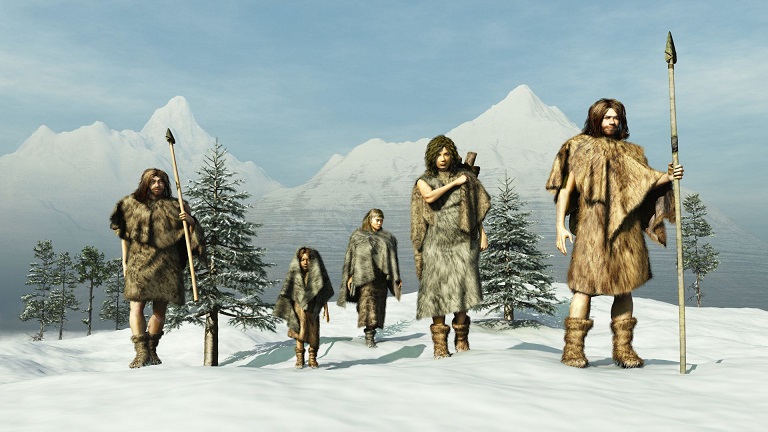
During the maximum extent of the last ice age, from about 26,500 to 19,000 years ago, land connected Russia and Alaska, allowing people to settle the now mostly submerged region archaeologists call Beringia. But glaciers covered much of Canada, blocking the way south into what’s now the continental United States and beyond. Archaeologists once thought the first people arrived in the Americas by walking through a corridor that opened between the glaciers by about 13,500 years ago. In recent decades, however, data from multiple sites have suggested people were in the Americas at least 16,000 years ago, leading many researchers to suspect that the first arrivals skirted the ice by traveling down the Pacific coast by boat, reported Science.
A smattering of sites have hinted at even older dates, but the claims have been controversial. For example, last year a Nature paper argued that humans left artifacts in a highland cave in Zacatecas, Mexico, at least 27,000 years ago, but many archaeologists doubt the fractured rocks are stone tools.
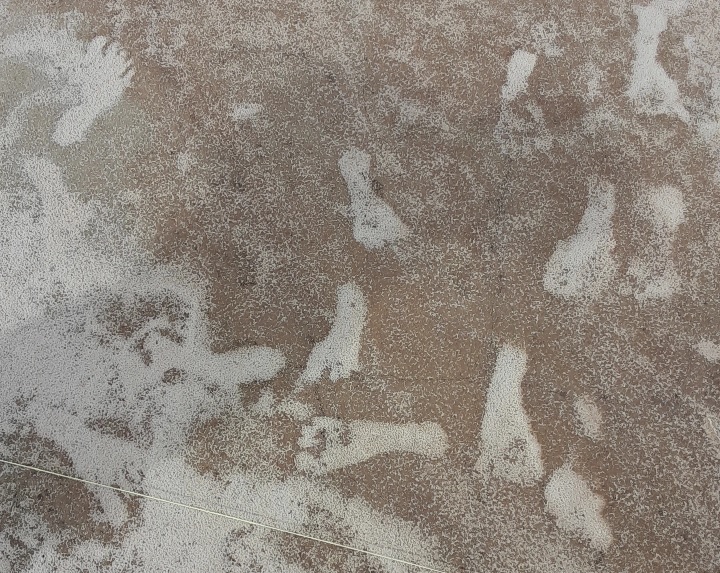
Footprints are “a whole different level of evidence,” says Ciprian Ardelean, an archaeologist at the Autonomous University of Zacatecas who discovered the cave there. “When you have human feet printed on the ground, that’s undeniable”, reported Science.
Over years of fieldwork in White Sands National Park in New Mexico, researchers have found thousands of footprints left by humans and animals around a now-dry lakebed, including extinct megafauna such as mammoths and ground sloths. The new paper, published today in Science, focuses on 60 human footprints found in seven layers of sediment, like a “palimpsest of people walking over a long period of time,” says Matthew Bennett, an ancient footprint expert at Bournemouth University. Based on the sizes of those prints, he thinks most were left by teenagers and children who were perhaps fetching water or just passing the time. “People spend a lot of time playing. And what better place to play than the edge of a lake?” says team member Daniel Odess, an archaeologist at the National Park Service.
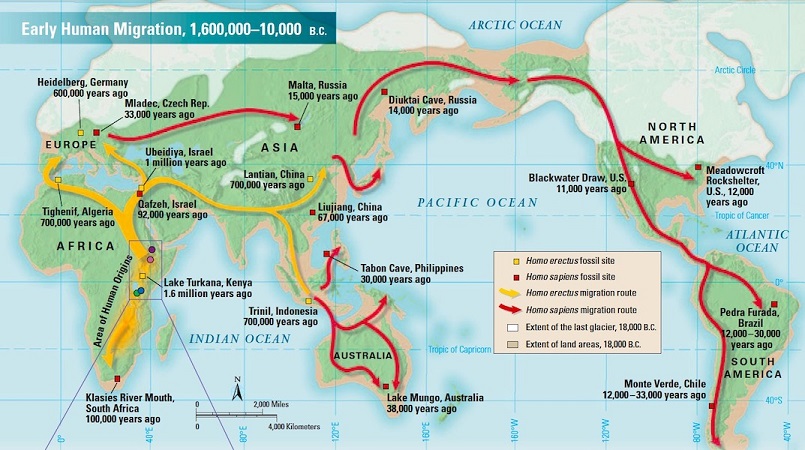
“There is no doubt that these are human footprints”, says Kevin Hatala, an ancient footprint expert at Chatham University. Jennifer Raff, an anthropological geneticist at the University of Kansas, Lawrence, agrees. “So the question is then, how old are they?”
To find out, the researchers radiocarbon dated seeds embedded in several layers of earth between the footprints. The dating put the seeds between about 23,000 and 21,000 years old, during the height of glaciation. If the footprints are that old, people must have made it to the Americas before ice sheets blocked the path, meaning an early land journey might have been posible, reported Science.
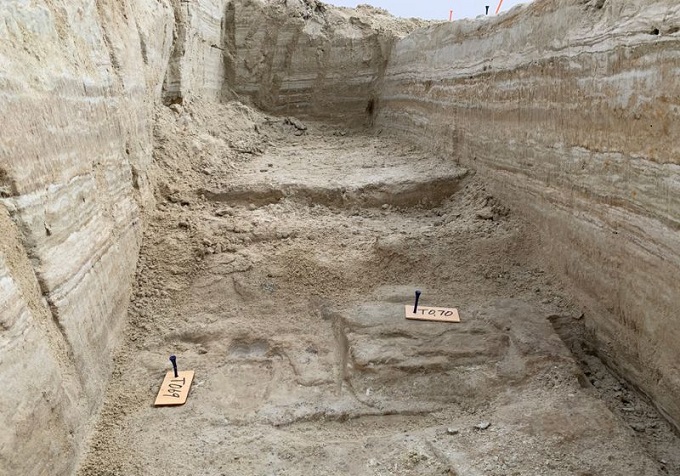
“We kept trying to refute our own findings,” Odess says, for example checking that the ancient lake water’s chemistry didn’t skew the dates. “And it kept coming back as yeah, they really are that old.”
“From the dating perspective I think the authors have done a very sound job,” says Tom Higham, a leading radiocarbon dating expert at the University of Oxford, reported Science.
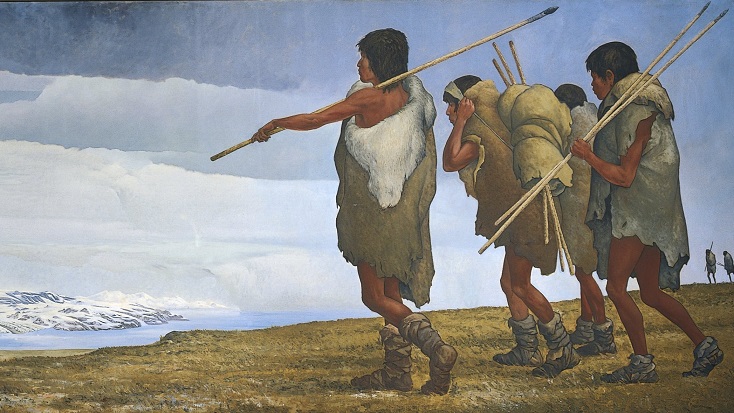
But Davis suggests a nagging possibility: that the seeds are older than the footprints because they eroded out of older sediments, then sifted into the mud the team excavated. He’d like to see the team try optically stimulated luminescence dating, a method that reveals when quartz grains were last exposed to light, to date when the sediment around the footprints was buried. “With something so extraordinary, it would be nice if we had multiple lines of evidence,” agrees archaeologist Ben Potter of Liaocheng University.
So far, the team has found no artifacts that could shine a light on the culture of the people who left the footprints. But Kim Charlie, an enrolled member of the Pueblo of Acoma in New Mexico, feels a deep connection. “Thousands and thousands of years ago, our ancestors walked this place,” says Charlie, who has visited the footprints and even uncovered some herself. Seeing prints of humans together with extinct megafauna such as camels sheds light on why the Acoma language has a word for “camel,” she says as reported by Science.
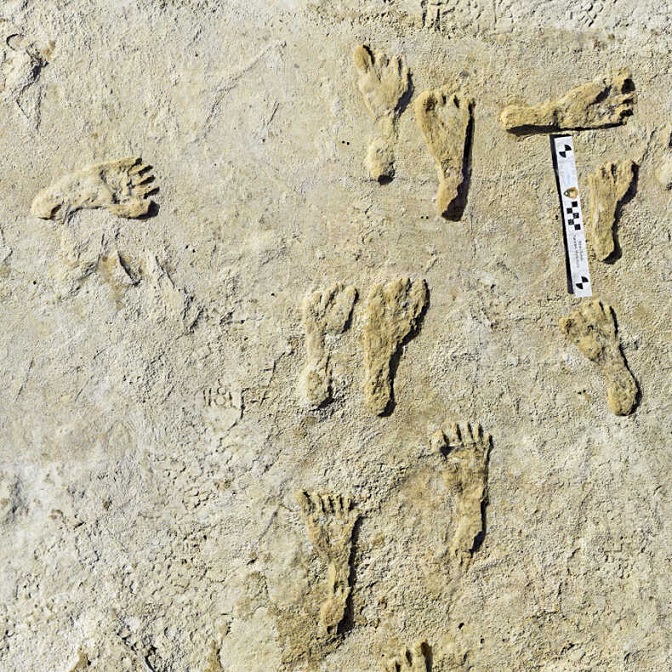
Odess says White Sands bolsters other traces of early occupation of the Americas. The prints “make all those other (very ancient) sites more plausible,” he says.
But Potter thinks each site “needs to stand and fall on its own merits.” White Sands, he says, is “one of the stronger cases for a very early occupation. It’s not definitive. But it’s stronger”, as reported by Science.
All Credit To: Science.org


